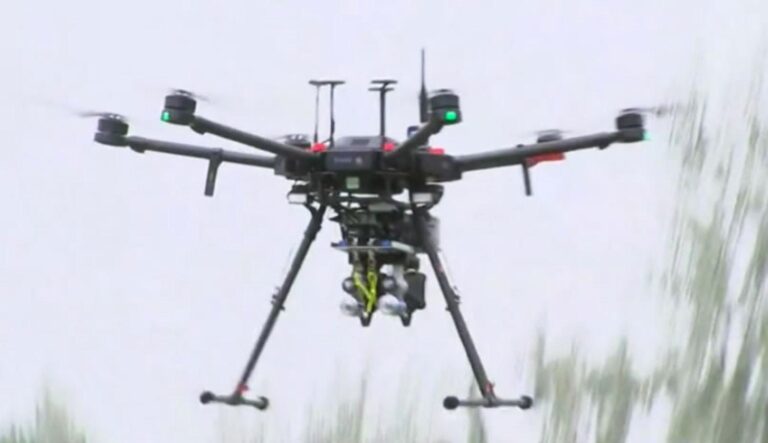Russia is escalating its offensive in Ukraine by deploying swarms of unmanned aerial vehicles to target civilian areas, marking a significant shift in its military tactics. According to reports from CNN, these coordinated drone assaults are intensifying damage in Ukrainian cities, complicating defense efforts and raising concerns about the increasing use of autonomous weapons on the battlefield. This development underscores a new phase in the conflict, as both sides adapt to evolving technologies and strategies.
Russia Adopts New Drone Warfare Strategy Targeting Urban Centers in Ukraine
Russia’s latest military approach marks a significant shift, leveraging the destructive potential of drone swarms to escalate pressure on Ukrainian urban centers. These unmanned aerial vehicles, equipped with advanced targeting systems, have been unleashed in coordinated attacks designed to overwhelm defense networks. Witnesses from affected cities report increased surges in air raid warnings and the devastating toll on critical infrastructure, including power grids and communication hubs. Analysts warn this tactic intends not only to inflict physical damage but also to break the morale of civilian populations through relentless, unpredictable strikes.
Experts emphasize the strategic elements behind the new drone campaigns:
- Swarm coordination: Multiple drones operating in unison to saturate defensive measures.
- Low-cost, high-impact weapons: Drones are relatively inexpensive compared to traditional aerial attacks, allowing for sustained operations.
- Urban targeting: Focus on densely populated areas to maximize disruption and psychological impact.
| Aspect | Details |
|---|---|
| Drone Type | Starburst tactical drones |
| Range | Up to 50 kilometers per sortie |
| Payload | Explosive and electronic disruption modules |
| Defense Challenges | Difficulty detecting low-flying, small-sized targets |
Analyzing the Impact of Swarm Drone Attacks on Civilian Infrastructure and Defense Systems
Recent assaults utilizing swarms of drones have introduced a complex challenge for Ukraine’s defense infrastructure. These coordinated unmanned aerial vehicles (UAVs) are capable of overwhelming traditional air defense systems through sheer numbers and sheer unpredictability. Unlike singular missile strikes, swarm tactics multiply the threat vectors, forcing defenders to split attention and resources. Key civilian infrastructure-such as power grids, communication towers, and transportation hubs-has become particularly vulnerable, suffering extensive disruptions and damage that ripple across both daily life and emergency response capabilities.
The primary impacts of these drone swarms include:
- Overloading radar and interceptor systems, neutralizing their effectiveness swiftly
- Precision targeting of critical utilities, causing cascading failures in urban essentials
- Increased civilian casualties and infrastructure downtime due to rapid, multi-point strikes
- Psychological strain on defenders and the population, eroding morale and sense of security
| Target Type | Damage Scale | Response Difficulty | ||||||||
|---|---|---|---|---|---|---|---|---|---|---|
| Power Stations | High – Prolonged outages | Severe – Requires multi-layer defense | ||||||||
| Communication Arrays | Moderate – Signal disruption | Moderate – Quick fixes possible | ||||||||
| Transportation Infrastructure | High – Road and rail damage | Severe – Complex repairs needed | ||||||||
| Military InstallationsRecommendations for Enhancing Ukrainian Air Defense and International Support Against Drone Threats
To effectively counter the escalating drone threat faced by Ukrainian cities, a multi-layered air defense strategy is imperative. This begins with enhancing radar detection systems capable of identifying low-flying, small signature unmanned aerial vehicles (UAVs) at greater distances and in cluttered environments. Integrating mobile short-range missile systems and electronic warfare units can create dynamic interception zones, disrupting drone swarms before they reach populated areas. Additionally, Ukraine’s air defense command should prioritize the deployment of rapid-response teams trained specifically in counter-drone tactics, ensuring real-time adaptability against evolving Russian drone swarm tactics. International collaboration stands as a crucial factor in fortifying Ukraine’s defensive capabilities. Allied nations can contribute through:
|




